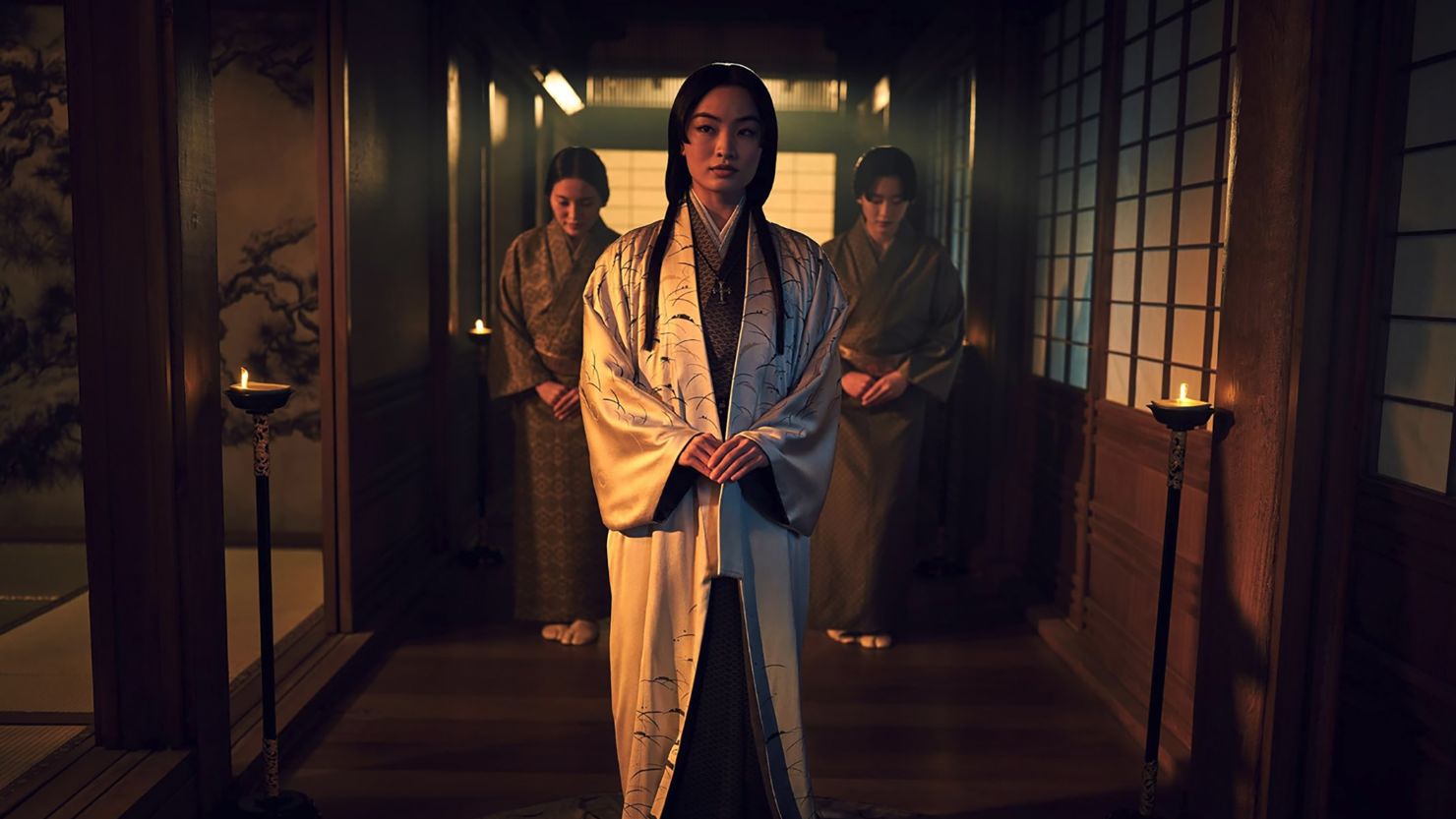
In Short
- “shōgun” remains a benchmark in tv series history, setting a standard for sequels and historical narratives.
- The recent reimagination of “shōgun” reflects evolving perspectives and international appeal in the tv landscape, marking a shift in storytelling approaches.
- Hollywood’s ongoing interest in historical treasures is evident with new productions like “the fall guy,” showcasing the industry’s fascination with captivating narratives and timeless themes.
- The legacy of “shōgun” endures as a testament to its lasting impact on entertainment and storytelling, shaping the way future productions approach sequels and historical adaptations.
TFD – Delve into the enduring legacy of the TV series “Shōgun” and its influence on the entertainment industry’s approach to sequels and historical narratives. Discover how Hollywood continues to draw inspiration from iconic productions like “Shōgun” in creating captivating stories for audiences worldwide.
To be fair, the 1980 miniseries “Shōgun” was a creative and commercial milestone for its day. However, James Clavell’s epic novel, set in medieval Japan, was recently reimagined for FX and Hulu, bringing the story into the twenty-first century with a production that both reflected and built upon how the TV environment had altered over that time.
The new 10-part limited series had the same basic structure, but there was a noticeable shift in perspective from the English character John Blackthorne (Cosmo Jarvis) to Lord Toranaga (Hiroyuki Sanada) and Lady Mariko (Anna Sawai), suggesting a more international TV landscape. That included a heavily subtitled production for a US audience whose resistance to them is reduced now (see the success of programs like “Squid Game”) from what it was back then.
NBC’s apprehensions in 1980 regarding American acceptance of a movie with a primarily Japanese cast may be observed in the degree to which the narrative revolved upon Blackthorne. Naturally, the outcome strengthened Richard Chamberlain’s argument for being dubbed the “king of the miniseries,” but it also led to an understatement of Toshiro Mifune’s portrayal of Toranaga and the use of Orson Welles’ narration.
The female roles were also greatly expanded and improved in the revised version, both subtly and overtly. This culminated in the penultimate episode with Mariko’s actions of bravery and selflessness. Although that makes logical, considering the military undertones of the story and the male-dominated structure of medieval Japanese society, the makers’ talent feels like no small accomplishment.
The fact that “Shōgun” was a true limited series—the word “miniseries” has since become obsolete—and told a self-contained story with a beginning, middle, and finish helped it both then and now. There’s already talk about ways to expand that due to its combination of critical acclaim and popularity (albeit on a much smaller scale than what was possible in the days of three broadcast networks). However, the idea of creating a prequel or sequel seems misguided and unnecessary given the resolution of Toranaga’s painstaking plotting.
One of the constants in the film industry is Hollywood’s desire for reproducing historical treasures. As we approach the summer movie season, “The Fall Guy,” which is based on a TV series that debuted the year after “Shōgun,” opens.
In that sense, the climax of “Shōgun” solidified its position as a prototype and exemplar of that approach, establishing a standard for sequels that will be challenging to surpass.
Conclusion
Connect with us for the Latest, Current, and Breaking News news updates and videos from thefoxdaily.com. The most recent news in the United States, around the world , in business, opinion, technology, politics, and sports, follow Thefoxdaily on X, Facebook, and Instagram .
